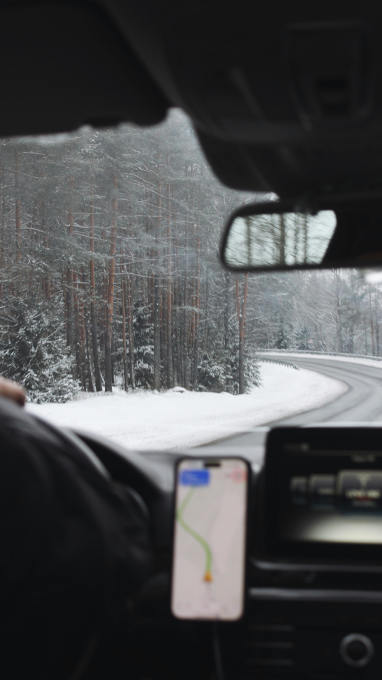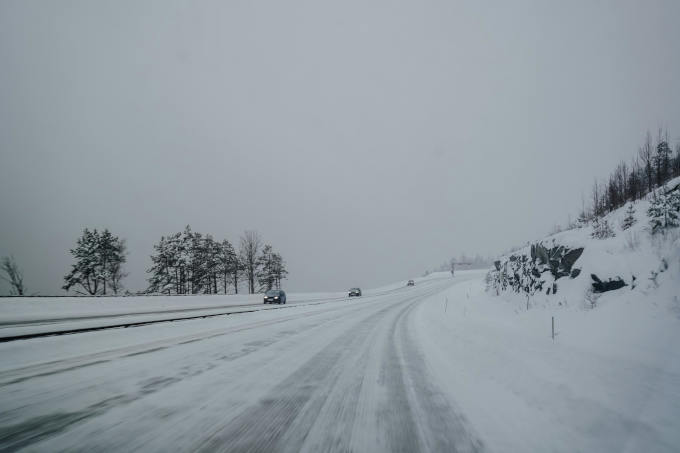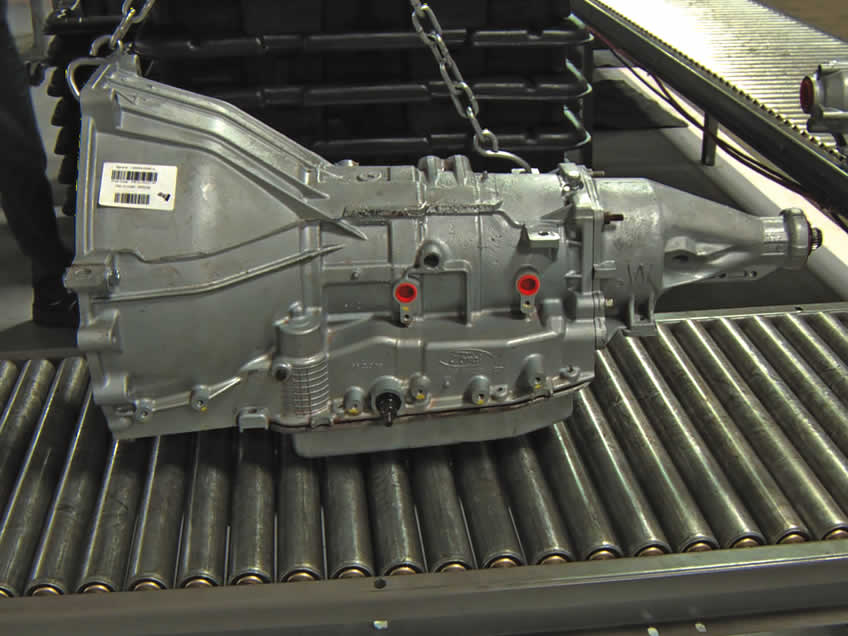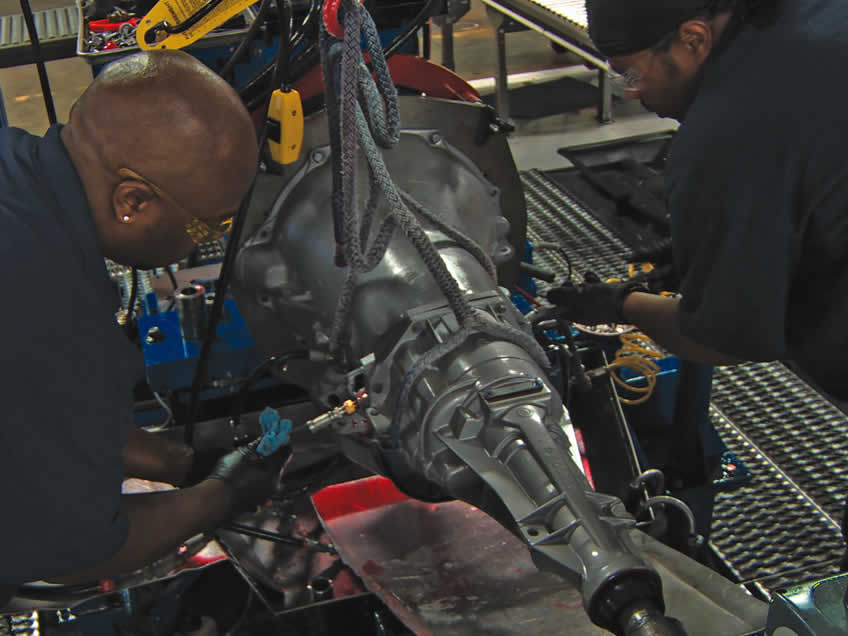Winter brings beautiful snowfalls and chilly mornings, but it also puts your vehicle's transmission under extra stress. Let's explore how you can keep your transmission in top shape during the coldest months.
What Is a Transmission?
Your car's transmission serves as the critical link between the engine and the driveshaft. It enables gear shifts and houses a lubricating fluid alongside intricate moving parts. This makes it particularly vulnerable to cold weather, which can lead to wear, damage, and reduced performance.
Common Winter Transmission Problems
Cold weather can amplify strain on your transmission. Here are the most common issues to watch for:
- Transmission Leaks
Extreme temperatures cause transmission seals to contract, increasing the risk of fluid leaks. - Thickened Fluids
Cold temperatures can make transmission fluid thicker, reducing its ability to flow and lubricate properly. - Shifting Issues
A struggling transmission might cause delays or difficulties in shifting gears, affecting acceleration. - Delayed Overdrive Engagement
Overdrive allows your car to cruise efficiently at high speeds, but cold weather may delay its activation, straining your engine. - Water Damage
Cold temperatures can cause water inside the transmission to freeze and expand, leading to cracks and expensive repairs.
How to Prevent Winter Transmission Problems
Before winter hits, take these proactive steps to protect your transmission:
- Regular Maintenance
Address minor issues as soon as they arise. Routine maintenance can save you significant time and money. - Check and Replace Fluids
Ensure your transmission fluid is clean and at the proper level. Burnt or old fluid is less effective and can cause performance issues. - Inspect Seals for Leaks
Leaking seals let fluid escape and allow water to enter. Repairing these seals can prevent long-term damage. - Park Indoors
Whenever possible, park your car in a garage to shield it from freezing temperatures.

Driving Habits to Protect Your Transmission
Your driving habits play a crucial role in transmission health, especially in winter. Here’s what to keep in mind:
- Warm Up Slowly
Drive gently for the first 2–3 miles in the morning. This allows your transmission to gradually warm up, reducing stress on the components. - Minimize Shifting in Snow
Avoid frequent gear changes when driving through snow or icy conditions to prevent unnecessary strain. - Limit Prolonged Idling
Extended idling wastes fuel and can damage a cold transmission. Plus, many states have laws restricting idling. - Wash Your Car Regularly
Clean the underside of your vehicle to prevent salt, dirt, and moisture from damaging transmission seals and gaskets.
Final Thoughts
Winter weather poses unique challenges to your transmission, but with proper care and awareness, you can reduce the risks. Keep an eye out for the warning signs mentioned above, and don’t hesitate to consult a qualified mechanic if you notice any issues. Taking these precautions will keep your car running smoothly all season long.










